Pat and Jean Abbott live in England, where Pat is stationed for the Marines during his military service in World War II. While in England, they are invited to stay the weekend at a large country manor owned by an American couple, Stephen Heyward and his wife, Cynthia, an acquaintance of Jean’s. Initially, Pat is wholly uninterested in a long weekend in the country with shooting, fishing, dining, and socializing with strangers. Still, when Jean slyly slips into a conversation that Mr. Heyward is a collector of Renoir’s, Pat packs his bags and takes some leave.
The Heyward’s and the Abbotts are joined for the weekend by Mr. Heyward’s business partner, Todd, and his snippy wife, Lorna, whom Jean has met several times within the ex=pat community and intensely dislikes. Also attending the soiree is Joyce, Cynthia’s secretary, who was also an upcoming star tennis player before the war broke out, and a young, pretty maid named Elsie, who is the center of local gossip due to her long, pretty legs and the expensive and scarce stockings she wears. Also present at the house are Heyward’s grown son, Kip, and his fiancé, Sally, spend most of the weekend entertaining their friends.
The weekend begins with the usual awkward chatter that besets a party of vague acquaintances, but soon, everyone is settling into small cliques, people playing tennis, people playing darts, and others generally milling about having a genial time.
Since Pat misses his initial train, the whole party decides to come down to the station to meet him and cross the small river patch together on a nice night that separates the house from the main road. As Jean starts to descend the grand staircase to meet with the group gathering to get her husband, she overhears Lorna and a mysterious man angrily discussing their affair in hushed tones. Jean slams her door to alert them that they are not alone; before heading to the bathroom, the lights cut out, and she is locked in. The party waits for Jean to come down, but she never does, and by the time they discover where she’s been stowed away, it’s too late to get Pat, so he crosses alone.
That night, Lorna has an explosive fight with her husband and leaves for London, and the Abbotts begin to regret their vacation in the countryside.
At the first rays of dawn, Kip awakens Pat and Jean, saying there is a dead woman in the boat used to cross the river. When they arrive to examine the corpse, they find the body has been strangled, and in the woman’s back is a dart with an Applegreen cat sticker, just like the one back at the house that Kip and Sally were using in their darts tournament, plunged into her back. However, before the police arrive, someone removes the dart.
The identity of the strangled woman shocks everyone, and when the harmless old cook is poisoned with cyanide, Jean is convinced there is something rotten happening at this house party and won’t rest until she roots out the culprit.
The Review
The Applegreen Cat is a jumbled story: one part English country house murder mystery, one part war thriller. Add in a lot of tennis talk and a cast of thoroughly unlikable characters, and name your story after an Applegreen cat that hardly figures into the story at all, and you have the ingredients of this story.
There are just too many things going on, and none of them are done well, chiefly the British-style country house murder mystery. Americans cannot, with very few exceptions, write this style of mystery because our class and social system are not built on the same strict lines as the British. Our social mores and interactions are not so entrenched in the class system as the British. Crane tries to sidestep how bad her facsimile of a British Country House murder mystery lands by plastering the cracks by frequently mentioning that the characters are American and pointing out how they are just sort of playacting this trope seen in books. I am not sure why the Heyward’s couldn’t have just been British, and Jean befriends the couple, and they stay for the weekend. Nothing is gained by these silly machinations to force a cast of Americans into a clue-style mystery when the book would have been much smoother with Jean and Pat being “the fish out of water” Americans who put their noses where they don’t belong as they investigate.
The book also emphasizes that this is a World War II mystery in its Goodreads and Amazon copy and on the dust jacket, and it’s just not. World War II is happening around the story. There are some perplexing mentions of air raids and blackout curtains, but these are paltry set dressings that don’t enhance or further the mystery. The book’s solution does coincide with the World War II theme, but with so little buildup that its connection feels out of left field.
Oh, there’s a sticker on one of the darts that’s found stuck in the body of the murdered woman. Is it the murder weapon? Not really. Does it have any real value outside of being a McGuffin? No. Does it warrant being the book’s title and central cover art? No. What is an applegreen cat, I don’t know if the book ever sufficiently explains.
Okay, so there are a lot of side stories that never coalesce into a tasty soup. Are the characters fun? Jean is incredibly neurotic and nosey in this story; she is convinced from the outset that she knows who is behind the murder, and she is hellbent on proving it. Jean withholds information from Pat and the police and nearly gets killed because she’s obsessed with another character. It’s a take on an unreliable narrator that didn’t really endear me, and she realizes her mistake way too late in the story.
All the other characters are given one character trait: mad about tennis, lovelorn, a gracious hostess, or the villainous vamp, and that’s their whole schtick. It’s a book stocked with archetypes, not flesh-and-blood people. I did have a lot of fun trying to figure out why literally every person at this house party has a weird monomania about some totally off-the-wall thing, but alas, none of my imaginings were the reasons given in the book.
The Applegreen Cat did have some really impressive thriller and suspenseful sequences, which kept the story from getting too wacky and held my interest throughout the novel. These sequences were brilliant, but they were unfortunately connected by some dull conversations and Jean’s increasing paranoia, which really detracted from the high-octane pace that some parts of the book had.
The Applegreen Cat felt uneven, ricocheting from storyline to storyline, with characters who frankly set my teeth on edge with their weirdness. I liked the moments of the book and the individual story threads, but I don’t think they came together over the course of the book. I’m not sure it’s possible to blend a cozy country house mystery with an American PI mystery and a World War II espionage tale, and if it is, it’s not done well in The Applegreen Cat.
Pat & Jean Abbott Series Reviews
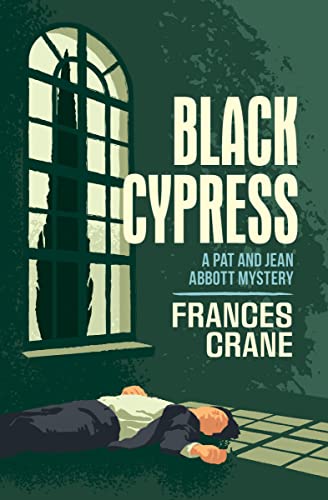
#11: Black Cypress by Frances Crane (1948)
Spring TBR


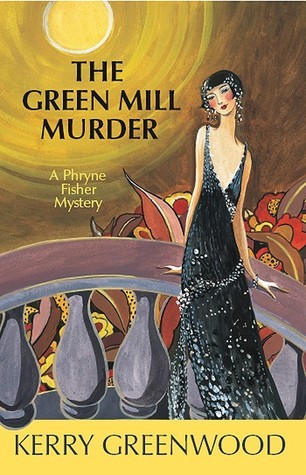
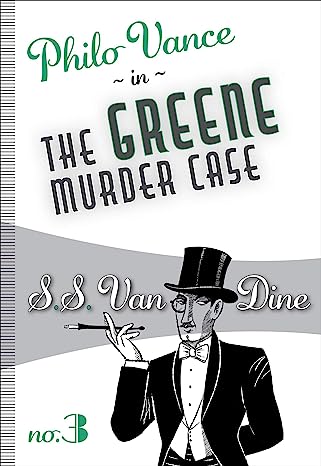




Read my initial post, which details my Spring TBR picks here.
Spring TBR Book #1: Behind the Green Door by Mildred A Wirt (1940)
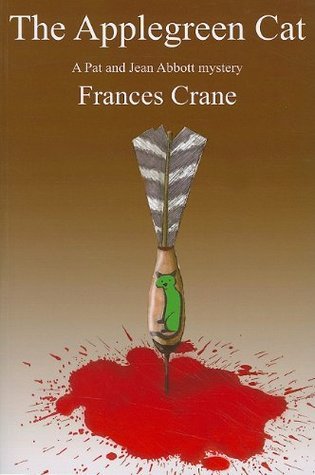
Frances Crane Biography
Frances Crane (1896–1981) was an American author best known for her mystery novels featuring the detective duo of Pat and Jean Abbott. Born Frances Schlessinger on December 4, 1896, in Lawrence, Massachusetts, she later adopted the pen name Frances Crane when she began her writing career.
Crane’s writing journey began relatively late in life. After working as a librarian and a teacher, she turned to writing in her 40s. Her decision to enter the world of mystery fiction was influenced by her love for the genre and her desire to create compelling characters and intricate plots.
Crane’s most famous series features the husband-and-wife detective team of Pat and Jean Abbott. Pat Abbott is a lawyer turned private investigator, while Jean Abbott, his wife, is a former fashion model with a keen eye for detail. Together, they solve crimes in various locales, including New York City and Hollywood, California.
The Abbott series is known for its fast-paced plots, witty dialogue, and vivid descriptions of the settings. Crane’s writing style blends elements of classic mystery fiction with a modern sensibility, making her novels popular among readers of the genre.
Throughout her career, Frances Crane wrote a total of 26 novels, with the Pat and Jean Abbott series being her most enduring legacy in the world of mystery fiction. Her novels continue to be enjoyed by readers for their engaging characters and clever plots. Frances Crane passed away in 1981, leaving behind a rich body of work that has stood the test of time.


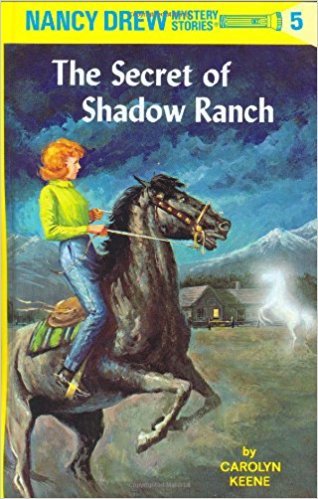


Leave a comment